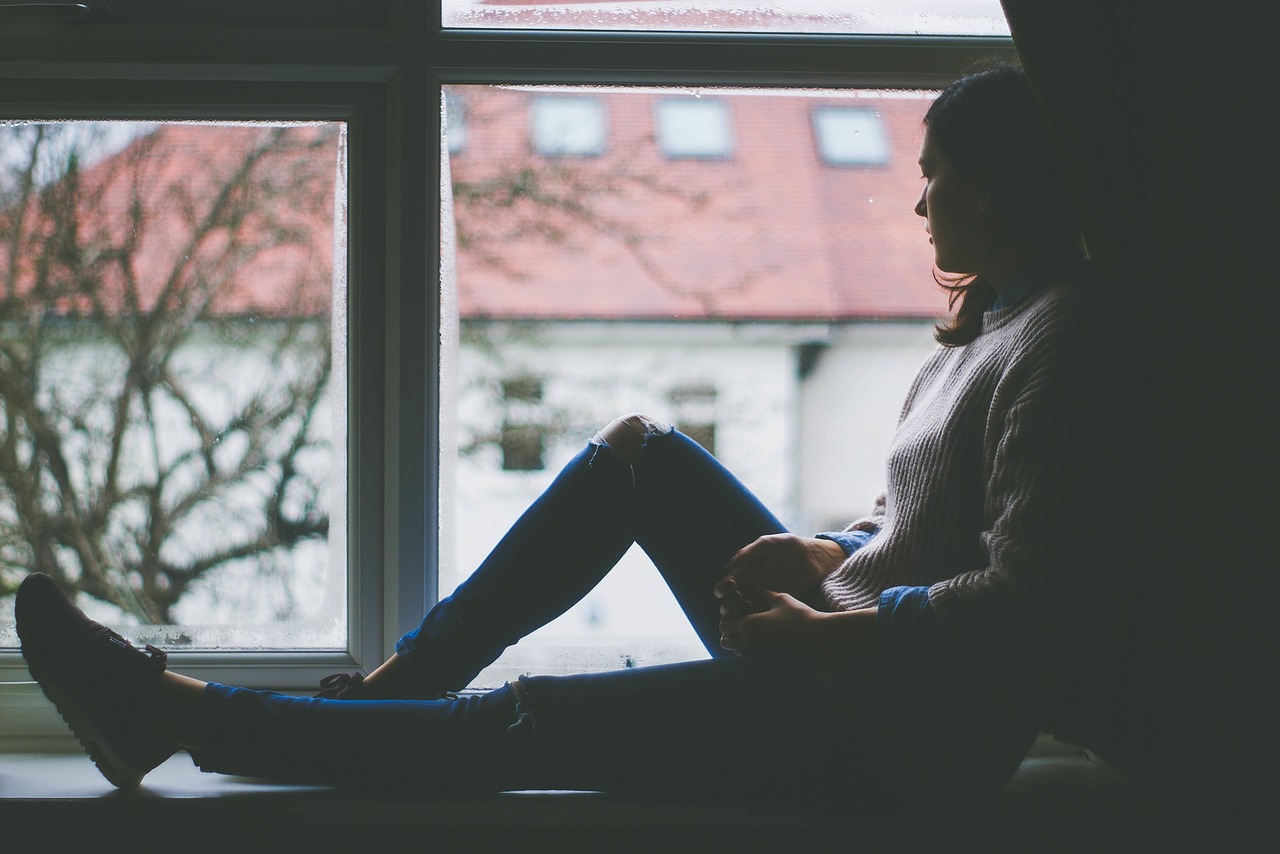Here in the Phoenix area, we enjoy abundant sunshine all year long. This should be a really good thing for those suffering from depression. But is sunlight really enough to lift your mood, especially if you’ve been feeling down for weeks?
It’s true that sunlight can ease the effects of depression, but the sun’s beams should not be seen as a miracle cure. Other steps may be needed to help you cope with the symptoms you are experiencing. Here’s what we know about sunlight, mood disorders and the limits of light therapy as an answers for depression’s debilitating symptoms.
The science of sunshine and mental health
A sunny day may do more than improve your outlook. Studies show it actually increases levels of a natural antidepressant in your brain.
This substance, known as serotonin, has been called nature’s own feel-good drug. The body generates serotonin naturally – and exposure to sunlight is one of the triggers that boost serotonin levels in the brain.
Researchers say these findings are especially significant for those who frequently feel depressed in the winter months when there’s relatively less sunlight. This pattern is known as Seasonal Affective Disorder, or SAD.
People with SAD suffer symptoms similar to those facing major depression. These include difficulty concentrating, low energy, loss of interest in daily activities, moodiness, and sleeping to excess.
In one study, samples were taken from 101 healthy men year-round and compared with various weather factors, such as temperature, rainfall, hours of bright sunlight, and atmospheric pressure.
Researchers found that regardless of the season, the turnover of serotonin in the brain was affected by the amount of sunlight on any given day. Levels of serotonin were higher on bright days than on overcast or cloudy ones. In fact, the rate of serotonin production in the brain was directly related to the duration of exposure to bright sunlight.
It’s good to keep in mind that SAD is simply a form of depression that follows seasonal patterns. Some people feel depressed even in the sunniest months of the year, so clearly, sunshine isn’t the only factor in preventing or treating depression.
Sunshine as part of an overall plan for recovery
Clinical depression — with or without a seasonal component — is a serious disorder that can cause loss of interest in the things that once gave you pleasure. If you’re depressed, you are also likely to suffer other symptoms such as lethargy, loss of appetite and a general sense of hopelessness. You may also experience thoughts of suicide.
Based on current research, many individual therapists recommend that patients suffering from depression try to get outside for a minimum of 20 minutes per day, even on cloudy days. Combining sunlight exposure with exercise gives a double benefit, since physical activity also helps boost serotonin levels in the brain.
What should I do when it’s 103° outside?
There’s an interesting twist to this story for those of us living in the Phoenix area. During the late spring and summer months, we often stay inside to beat the extreme heat – which could set us up for the same issues our friends living in northern climates experience in the winter. As we avoid the hot sun, we rob ourselves of the natural serotonin-boosting properties that sunlight offers.
To take advantage of the sun’s healing properties, you might simply set your alarm clock a little earlier and take a stroll outside in the early hours of the morning, when there’s plenty of sunlight but temperatures are cooler. A vacation in a cooler climate where there’s abundant sunshine may be a helpful alternative.
Will sunlight alone be enough to cure my depression?
The answer isn’t crystal-clear. Researchers have found that many people can overcome major depression through a combination of diet, exercise, sunlight and individual talk therapy. But what works for one person may not be sufficient for others.
The best way to deal with depression is to work with an experienced therapist who can review your symptoms and help you create an individualized plan for recovery, which may include medications prescribed by a psychiatrist.
The main thing is to seek help now. While it’s natural to feel “blue” from time to time, feelings of hopelessness that last for more than a week or two are a sign you shouldn’t ignore.
Work with a caring therapist who has helped hundreds near Phoenix
Janae Munday is a licensed clinical social worker serving individuals and couples near Phoenix, Arizona. She is ready to answer your questions about major depression, seasonal affective disorder and other mood disorders. Whether you suspect you are facing depression or you have a family member who may need help Janae can be a valuable resource in your search for answers. Give her a call to set up a confidential consultation.
Source





